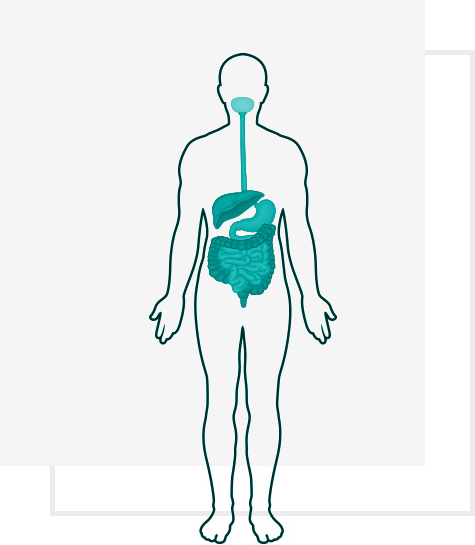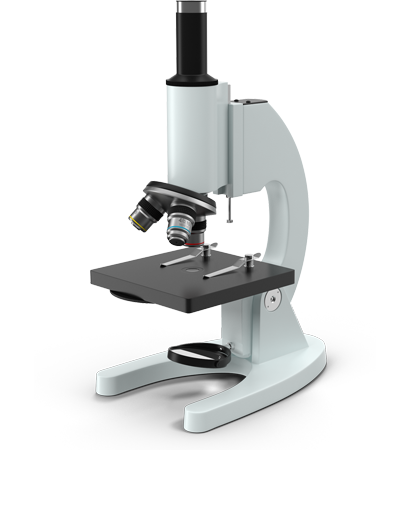A parasite is a micro- or macro-organism that needs to satisfy its vital nutritional requirements by feeding off certain host tissues or body fluids that contain the specific biochemicals that it needs.

| Disease | Human infections | Annual deaths |
|---|---|---|
| Malaria | 489 Million | 1-2 Million |
| All Worms | 4.5 Billion | — |
| Ascaris | 1.0 Billion | 20 Thousands |
| Hookworms | 900 Million | 50-60 Thousands |
| Whipworms | 750 Million | — |
| Filarial Worms | 657 Million | 20-50+ Thousand |
| Schistosomes | 200 Million | 0.5 – 1.0 Million |
This is only some of the examples of parasitism compromising human health worldwide. In temperate areas we are uneducated about the seriousness of parasitic diseases that reach their greatest impact in “tropical” countries from which many immigrate to the US. Contributing factors to parasitic diseases in the US, other than our own endemic parasites and immigration, include malnutrition, population density, economic conditions, sanitary practices, and life styles. Compounding factors in North America include the lack of public/media awareness, educational materials/counseling and training of the public, as well as in some cases, the professional community. It is in this spirit that this educational pamphlet is offered to you.
A parasite is a micro- or macro-organism that needs to satisfy its vital nutritional requirements by feeding off certain host tissues or body fluids that contain the specific biochemicals that it needs. There are parasites for every single tissue of the human body, once they gain access. An intestinal parasite has to gain access via the oral cavity with contaminated food or drink if it is to cause infection. Other portals of entry are irrelevant. Eight ways by which humans can contract parasitic infections are briefly summarized below.
Some of the most common microscopic human parasites (Protozoa) are transmitted via drinking water contaminated with fecal material from infected persons. This simple cycle occurs in water from running streams as well as from tap water in homes in large US and Canadian cities served by surface water treatment plants. Parasites transmitted in this manner include Cryptosporidium and Giardia
This is the only method of infection available to certain parasites such as the schistosomes, some of the deadliest fluke (trematode) parasites of mankind. After emerging from the snail host, the infective larvae (cercariae) penetrate the skin of a person (swimmer, agricultural worker, children playing, etc.) and migrate in the human body ending up as adults in blood vessels (hepatic portal system). To get infected, one has to be exposed in an endemic area, ex., Africa, China, Mexico, Puerto Rico. At PCI, we have identified eggs in fecal samples from an isolated area near a stream in California nearby where a population of Vietnamese immigrants have settled.

Food intake is perhaps one of the most common ways of transmission of parasitic infections caused by microscopic (Protozoa) and macroscopic (worm, helminth) parasites alike. For example, Blastocystis and the cysts of the amoebas (both are protozoans) are infective when swallowed with contaminated food via the fecal-oral route. This can occur in a household setting or a restaurant. Similarly, the ingestion of the eggs of the human roundworm, Ascaris, readily occurs when fresh vegetables, ex., lettuce, grown in farms fertilized with infected human waste, are eaten without proper washing.
Most blood sucking insects are capable of transmitting infectious agents via their bite as they attempt to feed on human blood. In the US, ticks transmit lyme disease, Rocky Mountain spotted fever, relapsing fever, Colorado tick fever, babesiosis, and rabbit fever; fleas transmit plague and endemic typhus, mosquitoes transmit malaria and dog heartworm, Triatoma (kissing) bugs transmit Chagas disease, and head lice can transmit epidemic typhus. If a person has had a history of a recent insect bite in any temperate or tropical part of the world, his/her blood should be tested for parasites. Insect-borne pathogens normally cause no harm to their natural (reservoir) hosts, ex., rodents, but become highly pathogenic in humans (their unnatural hosts).


Air-borne viruses, bacteria, and fungi are usually eliminated with the feces (occasionally orally) of a natural reservoir (usually wildlife) host but infect humans upon accidental inhalation. Examples in North America include histoplasmosis, Valley fever, and Hanta virus. These diseases are associated with bat guano, dust, and rodent feces, respectively.
Despite what you may have been told, dogs, among other pets, are not man’s best friend, parasitologically speaking. Dogs carry an intestinal tapeworm, Echinococcus, whose eggs spread all over their fur from the anal orifice during grooming. Unhealthy human contact with infected dogs, e.g., by kissing, brings the eggs into the human intestine which they penetrate as larvae and encyst in the body cavity, e.g., the liver or even the brain, as the life threatening hydatid cysts. Other worm parasites (helminths) are also readily transmitted from pets and other animals to man. Most notable are the beef and swine tapeworms, Taenia, by the consumption of beef and ham contaminated with larvae of these tapeworms.

Certain roundworm (nematode) parasites spend their transitional stages between one host and another as immature larvae in warm moist soil. Walking bare-footed or sitting on such fecally contaminated “seeded” soil in a wooded area or by a lake side, etc. will invite the larvae of hookworms or Strongyloides to penetrate the exposed skin and migrate in the body to finally become adults in the intestinal tract where the damage is done.



















Step into a new world of Digestive Health with PCI. Established in 1994, PCI is a facility that has excellent national and international reputation as one of the best, if not the best, parasitology laboratory in the country. We work with hundreds of professionals, many of whom are alternative health practitioners, in all 7 continents.
1-480-767-2522
Monday-Thursday from 7:30am to 4:00pm
Friday 7:30 am to 1:00 pm
While most inquiries will be answered within 24 hours, please allow up to 72 hours not including weekends and holidays.
All orders placed after 2:00 pm Arizona time Monday-Thursday’s will be shipped on the following business day.
All orders placed after 11:00 am Arizona time Friday’s will be shipped on the follwing Monday.
PCI Wellness © 2023 ALL RIGHTS RESERVED | XML Sitemap